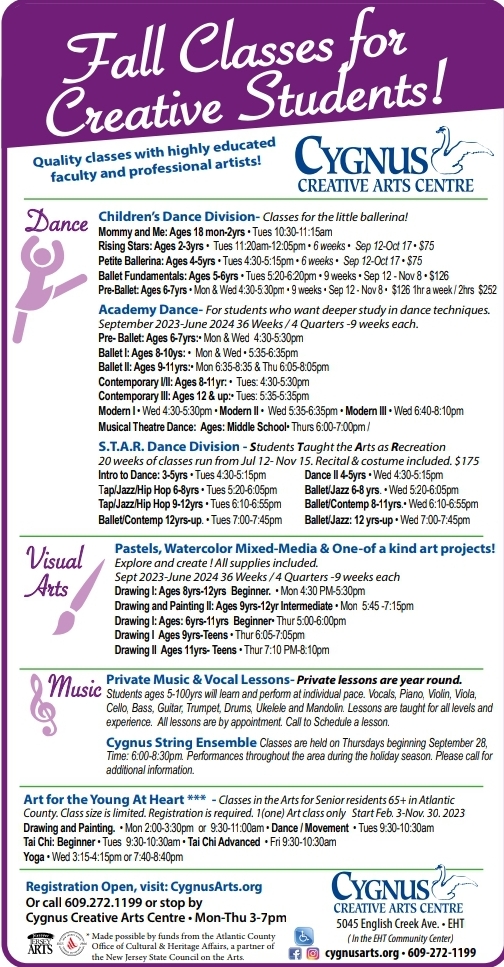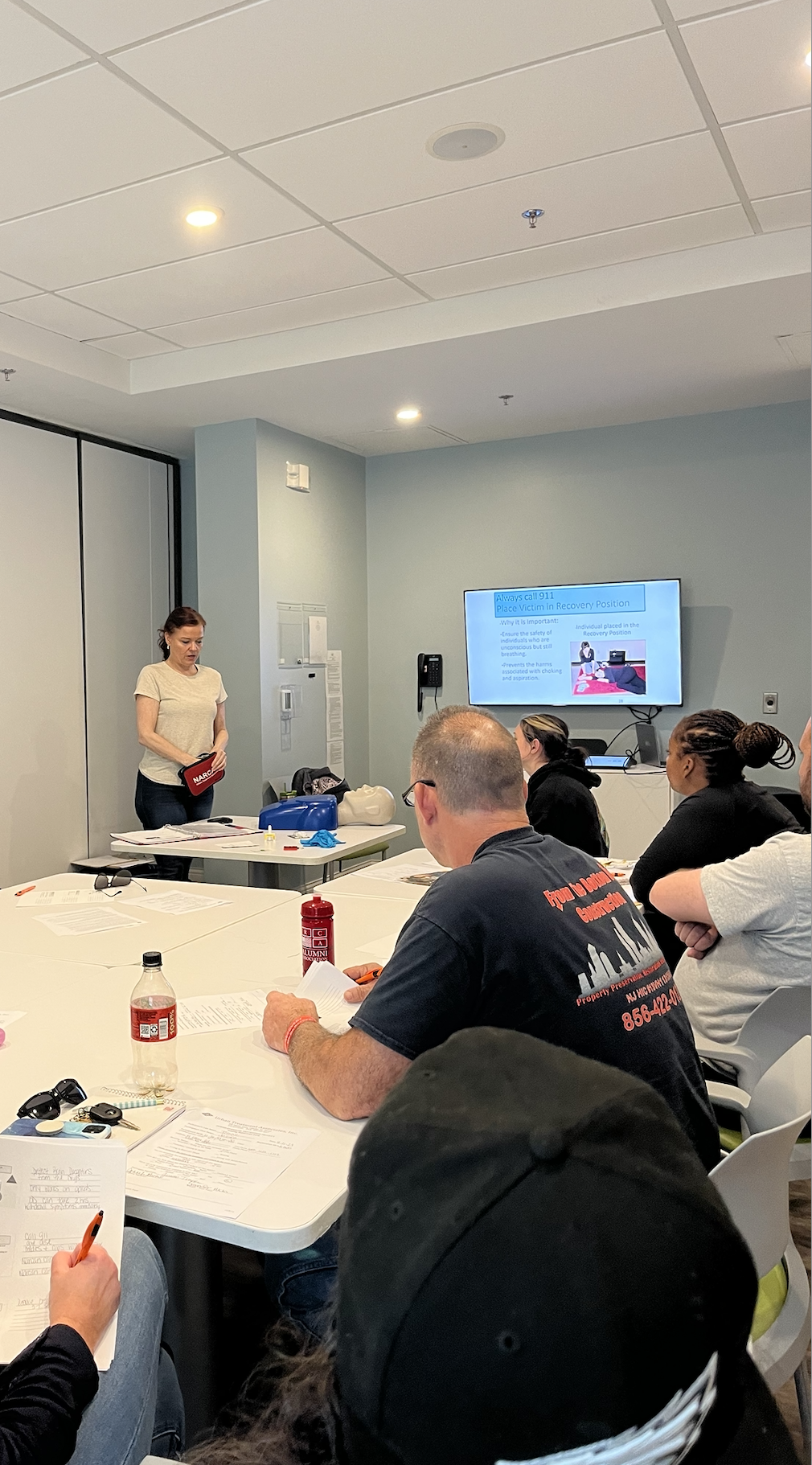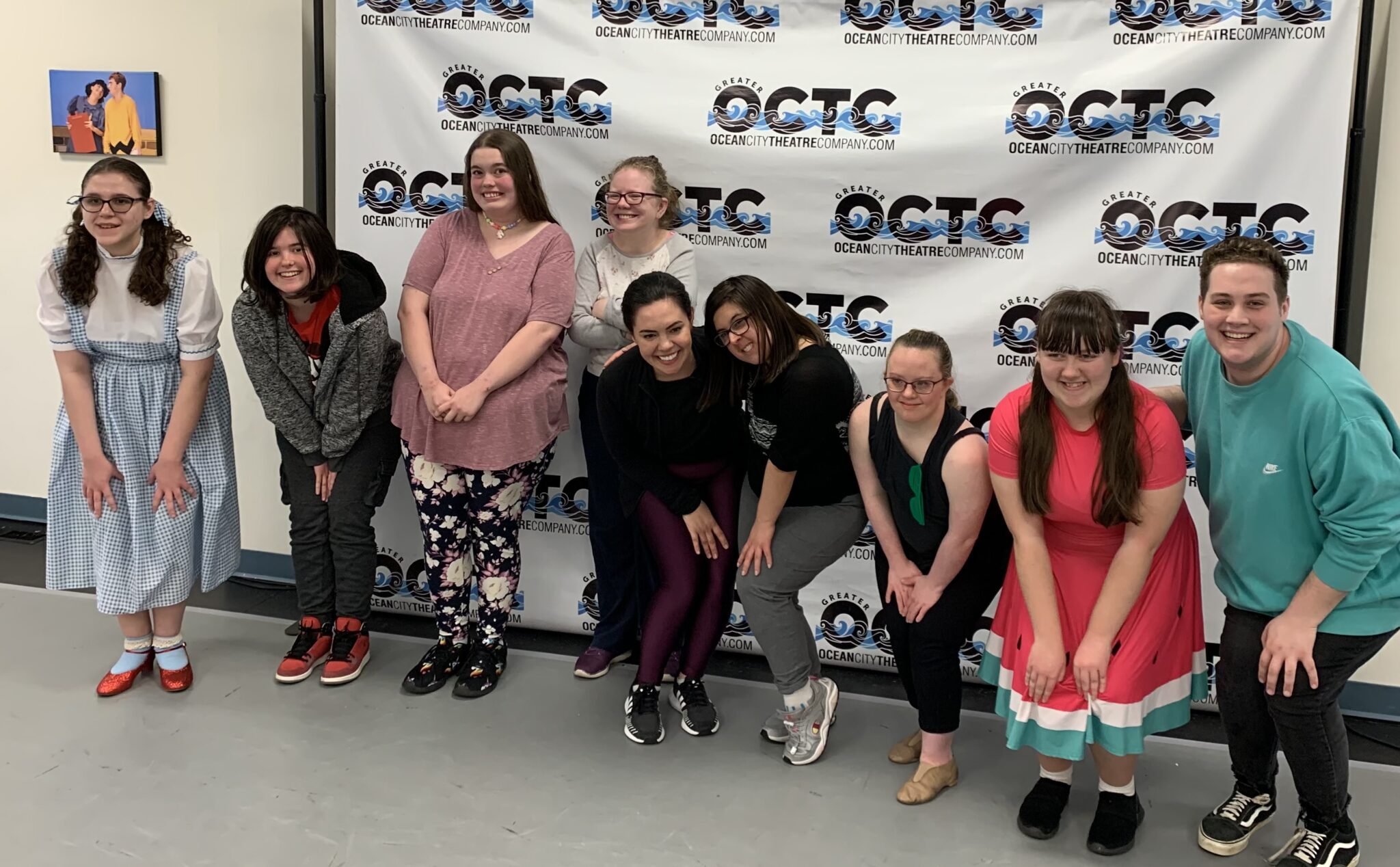By Julia Train
There’s been an opioid crisis in the United States since the 1990s. In 2022, opioid-related deaths surpassed 100,000, according to the Centers for Disease Control (CDC).
In New Jersey, 14,000 lives have been lost to the opioid crisis over the past five years, according to the State of New Jersey Department of Health. In 2023 alone so far, NJ Cares has recorded 1,365 suspected overdose deaths and 7,529 Narcan administrations.
Naloxone, which is also known as Narcan or Evzio, is the medication used to rapidly reverse an opioid overdose. Some examples of opioids are opium and heroin, which are widely recognized as addictive substances, and prescribed pain medications, such as Vicodin, Percocet and Oxycontin.
There have been numerous preventative measures and programs for those addicted to opioids in order to curtail the epidemic. However, it’s still a prevalent issue.
Jennifer Hicks, the program coordinator at Urban Treatment Associates, has been dedicating her time to train community members from all over South Jersey how to respond to opioid overdoses and distribute Narcan.
On Friday, Aug. 11, she visited the Recovery Centers of America at Lighthouse (RCA) to host a free training session for the center’s alumni and the community.
“We’re trying to connect to our community and bring awareness [to the crisis and training availability],” said Bob Whedbee, senior alumni coordinator at RCA. “Training is important because people who aren’t trained don’t know the after effects of overdoses.”
The workshop was brimming with information and statistics about opioid use, overdose, addiction, signs and symptoms and much more.
Hicks started the 90-minute session by handing out packets with the slides she later presented and papers for the attendees to sign for their certification.
She made sure she was thorough with her definitions, descriptions and details.
Along with the opioid overview, Hicks made sure that all the attendees knew the legalities, just in case they ever were in the position.
She mentioned the “Opioid Antidote and Overdose Prevention Act,” which basically states that they cannot be arrested if they possess any illegal substances at the time of requesting medical assistance. This law, also known as the “Good Samaritan Act,” was created in order to encourage calls for help.
Furthermore, the person that administers the Narcan also cannot be sued if the person dies.
Narcan training wouldn’t be complete without showing how to actually distribute the medication.
Hicks first spoke about how to know if an overdose is occurring by sharing the differences between a high and overdose.
She then shared the symptoms of an overdose, which are slow and labored breathing with gurgling sounds (even not breathing at all), cold and clammy skin (with possible blue lips and fingertips), confusion, unconsciousness, seizures and pinpoint pupils.
As she explained how Narcan works, she took out the Narcan nose spray, the delivery method best for lay people.
She stated that it’s even safe to use on someone that isn’t overdosing as it wouldn’t affect them at all. So that her trainees could remember this, she created a motto, “When in doubt, spray it out.”
After all the explanations, she went over the three steps to stop an overdose:
1. Call 911 and place the victim on their side so they don’t choke
2. Administer rescue breaths (two every 5-7 seconds)
3. Administer Narcan, (the nose spray has one 4mg dose in it)
After administering, it’s important to stay with the victim, try to wake them up and assist them until EMS arrives.
Upon completion of the training, each individual was given a Narcan kit, which included the 4mg of Narcan, gloves, a card with the three steps, a “report back” card and a mask to put on the victim.
The “report back” card is to be sent to the Urban Treatment Associates so that the overdose can be reported and a new, free kit can be sent. The mask is provided because even coming in contact with opioids can cause an overdose on the responder.
Next month, Hicks will begin her free monthly sessions at Stockton University. For more information: Narcan@utassoc.com
Julia is a student at Rider University, majoring in multiplatform journalism with a minor in social media strategies. At school, she writes and copy edits for The Rider News and is the News Director for the radio station, producing news updates. She’ll be graduating in the spring. Connect with her on Instagram @juliatrain










